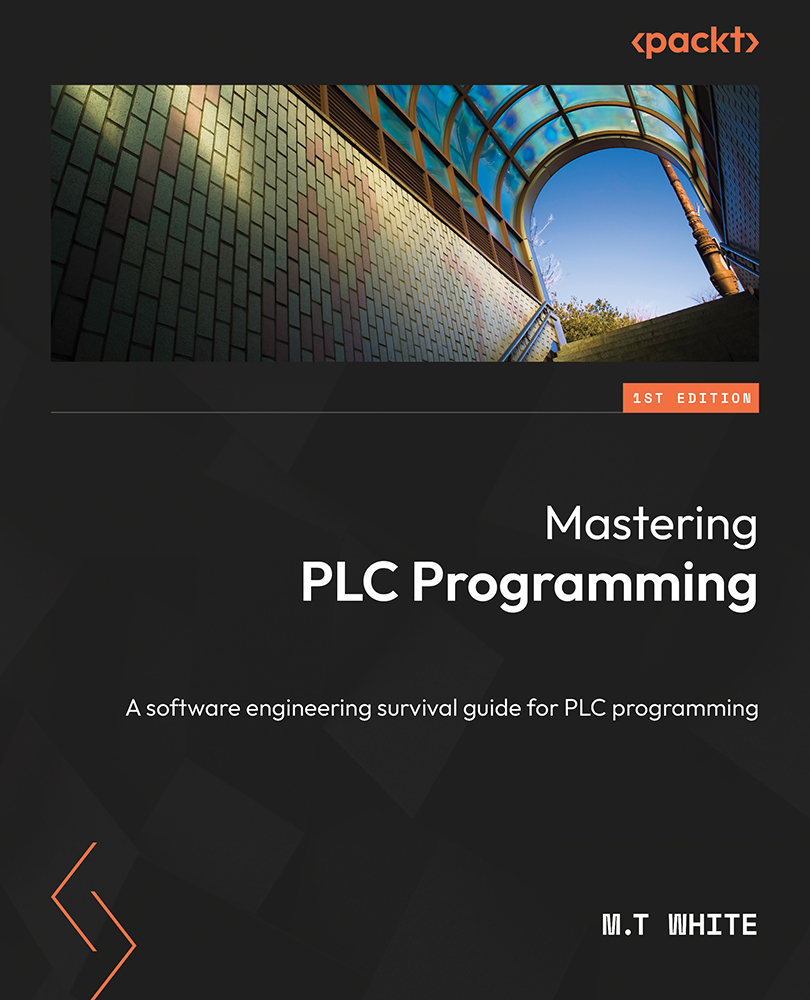Investigating arrays
Arrays are pivotal to any program. Arrays are data structures that allow you to declare one variable, which can hold many different values of a certain data type. The general syntax for declaring an array is as follows:
name: ARRAY[<start_element>..<ending_element>] OF <TYPE>;
Therefore, if we wanted to declare an array of Boolean values called TestArray with elements ranging from 1 to 10, we would use the following syntax:
TestArray: ARRAY[1..10] OF BOOL;
Much like regular variables or constants, arrays can be declared manually or with the Auto Declare tool. The declaration of an array is different from traditional languages such as Java or C++. So, if your background is primarily in a traditional language, you may find the declaration of arrays to be awkward, especially when it comes to a concept known as multidimensional arrays. If you come from a traditional computer science background, you will probably be familiar with this term...


























































